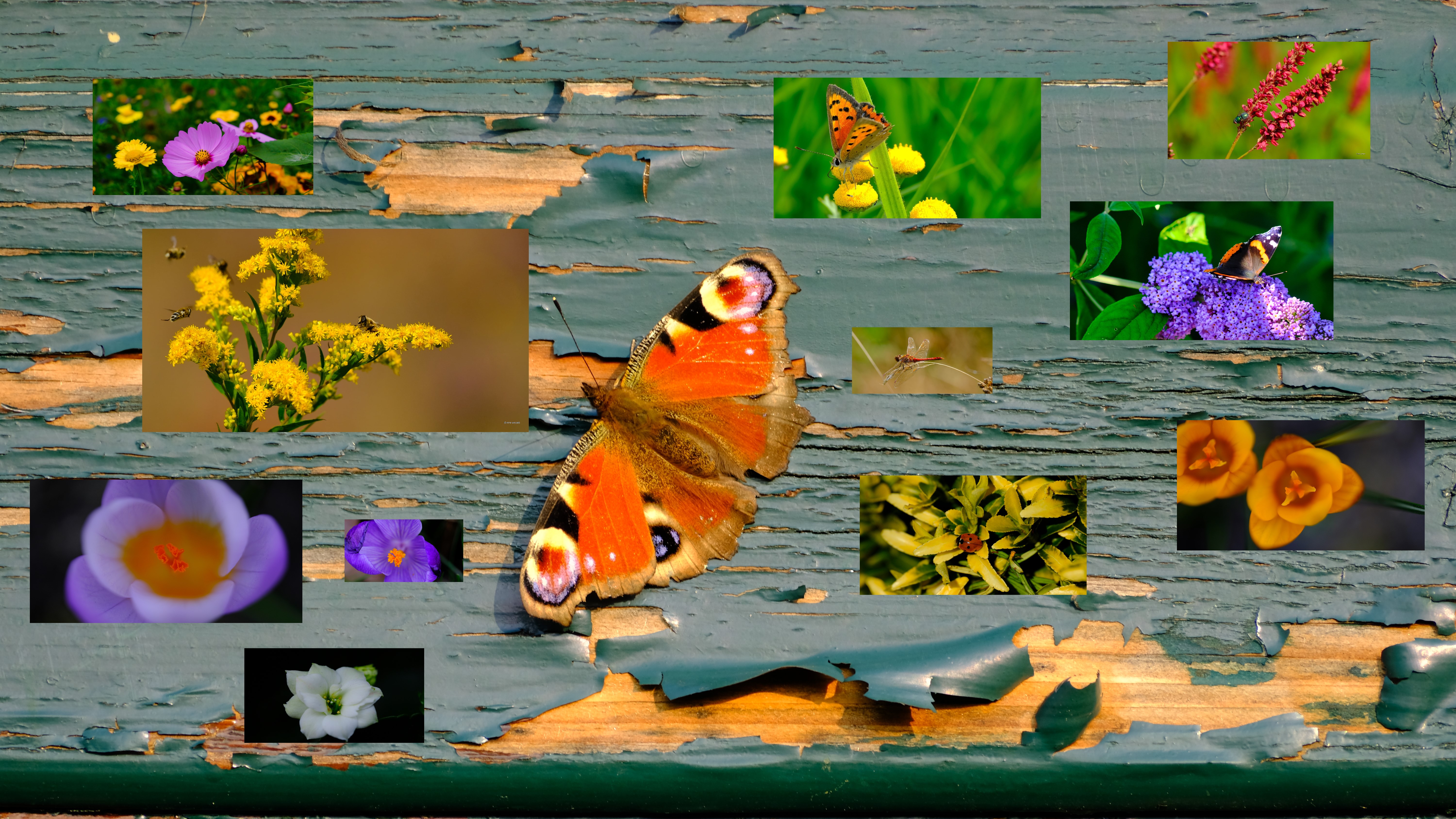Nature as a source of colourful inspiration.

After decades of (more or less) unbridled growth in the number of people and possibilities, in addition to unprecedented prosperity, humanity is now also confronted with its negative consequences: wealth and opportunity inequality, the impoverishment and extinction of nature, landfill sites, pollution in our seas, mercury and lead in fish, microplastics in everything, drought and lack of water in one place and flooding in another, epidemics (and a pandemic) and all kinds of animal diseases. Fortunately, a rapidly growing number of people and (political) leaders are aware of this to do something about it. All kinds of initiatives are being launched, new opportunities are emerging and other paths are taken with short and long-term effects; how the world deals with all that change, who benefits from it and the inequality that will undoubtedly creep in again is an interesting but different topic than in this blog.
Regarding sustainability, I've been thinking for a while now about the status of colour in Engineering Plastics and more specifically the pigments and dyes in this. The many manufacturers of colourants, such as The Shepherd Colour Company, Heubach, Lanxess and Colloids, Rowa, Avient, but also plastics producers that use the colourants, such as BASF, DSM, Lanxess and Domo, often brainstorm and research into more sustainable solutions. The very least that is already done is to reduce the carbon footprint, reduce the consumption of fossil fuels, convert to "greener" raw materials and of course use natural raw materials and water more economically and/or more efficiently.
But, it is just not that easy to develop new pigments and dyes that are sustainably better; in principle we still work with the same chemistry: for inorganic pigments still the oxides, titanates and a single sulphide, produced i.a. by means of hydrolysis and calcination, which often requires a lot of energy (temperature) and also produces significant waste; for the organic pigments and dyes we still work with synthetically produced phthalocyanines, anthraquinones and azo compounds, which from a chemical point of view do not always provide pleasant and/or environmentally friendly productions and compounds.
But maybe we should learn to look differently!
Last week this was confirmed and I was inspired by a lecture by Edwin Kroon (Lasers light the way: Chasing nature's nanostructures) by Lion Lasers, organised by Biomimicry Switserland.
Perhaps we should actually learn more from nature outside of the humans. That nature does not know our human living and consumption behaviour, where solely and simply the survival of the species is important. Also is the use of colour: green (chlorophyll) to grow, colours (anthocyanins, betalains, carotenes, etc.) to attract insects or to seduce or impress a potential mate or to deter an enemy. Nature is often much more efficient in this regard: red and yellow must be via "pigments", but locally highly concentrated... blue in butterflies is not via pigments, but through structures that scatter light in such a way that blue remains and can even be very intense in chroma. And white is not infrequently the result of the absence of pigments and in some cases of air-filled cavities and the subsequent relevant refraction of light. Just look at that cute Arctic fox that makes a gray/brown summer coat (with pigment) twice as thick in winter with a non-pigmented coat which appears white: what a nice flexible and efficient form of colour use throughout the year!
And where people still produce and buy products that can last for 25 years, but at the same time the consumer is tempted to buy new every year - what do we do with the old products? - nature lives in the moment and at most one season. Perhaps we should diversify and also develop pigments that last at most 1 year or, like the biodegradable plastics, compost when desired at the end of their life… just like nature does in the fall.
The road of sustainability with numerous potential solutions is still wide open, may and can still go in all directions, especially if we are also more inspired by the wonderfully diverse and colourful nature of our beautiful planet.
Feel free to contact us or request a quotation




